Trails are woven throughout many forests, wooded areas and parks in our state — branching out to reveal many, often sparsely viewed, marvels of nature.
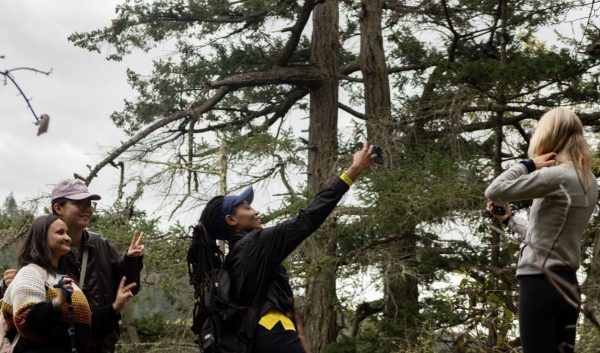
However, nature is often slow to clean-up after itself. Trails are prone to multiple hazards, such as fallen trees and poor drainage areas, and takes the work of dedicated people to maintain. On April 19, during a hike on the John Tursi Trail near Deception Pass State Park, members of EvCC’s Students for Environmental Action (SEA) Club set out to reconnect with nature and encountered both trail hazards and recent signs of trail maintenance. With first-hand experience during this hike and previous volunteer work with other like-minded groups, the impact of trail maintenance is clear to the SEA Club.

“It is important for trails to be properly maintained to prevent erosion, which would possibly cause a hiker to slip on the edge of a trail or have rocks fall on them,” Kathryn Hazelbrook, an EvCC student and member of the SEA Club, said. “It would be very hard to evacuate someone in an ambulance bed … with stairsteps, log bridges and switchbacks in a hike.”
“We need trails to help people connect with nature for mental and physical health,” SEA Club advisor and EvCC instructor, Laura Wild, said.
The Washington Trails Association (WTA) is a nonprofit organization striving to keep trails available for everyone. The WTA coordinates with communities, along with local and federal agencies to improve and maintain trails all over the state with the help of volunteers willing to put in the hard work necessary.
Recently, WTA work parties on April 24-26 aided the City of Everett with a project at the Loganberry Lane Trail, located near Kasch Park. The goal of the project is to address issues along the trail that would prevent users from navigating the trail easily, adding a new section of trail and protecting critical environmental areas from curious individuals with new fencing and signage.
“Quality, sustainable trail maintenance makes trails more accessible for a wide range of people. It makes the trails safer and more pleasant to hike, and it helps them stand up to the weather over the years,” WTA employee Brandon Tigner said. “We partner with our land manager partners to make sure that our trail work is carefully planned to be safe and effective.”
Along the Tursi Trail, the SEA Club hiking group passed over recently fallen trees that were not simple to cross.Taking the obstacle one at a time, the group carefully made it over without incident. Unfortunately, these were not the only trail hazards they ran into.
When trails don’t drain properly, the excess water turns portions of the pathway muddy and increases the likelihood of injury. For a particular muddy spot on the trail, previous trail users laid branches across to avoid the slippery, sticky mess.
Informing groups, such as the WTA, can help to remove and correct any hazards encountered while hiking.
“We always encourage hikers to write a trip report (wta.org/tripreports) after a hike, especially if there are issues on trail. Providing photos and descriptions of those issues is a great way to let WTA know about them and land managers look at them too,” Tigner said. “If hikers see an issue that’s substantial or immediately hazardous, like a washed out trail or a broken bridge, we’d also encourage them to contact the land manager directly.”
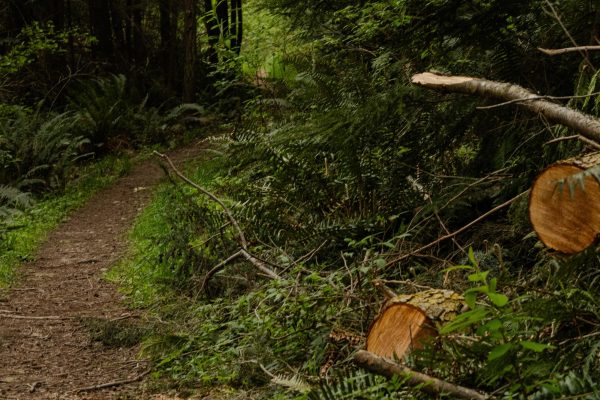
Despite the hazards that required sure-footing and a slower pace, evidence along Tursi Trail showed signs of recent human intervention in the course of nature. Many fallen trees cut and sectioned into pieces with a chainsaw were placed on the perimeter of the path, with sawdust still visible.
However, clean-up efforts don’t run like clockwork. Especially with recent federal budget cuts to federal agencies such as the U.S. Forest Service.
“Response times can vary widely based upon a lot of factors. It’s a combination of the level of risk from the trail issues, the priorities of our land manager agencies partners as well as capacity for land managers and for WTA,” Tigner said.
“This year will be particularly challenging on federal lands because those land managers have lost so many critical staff. Without partners in the federal agencies, we can’t coordinate to do the work needed on trails on federal land.”
Hazelbrook appreciates the job that groups dedicated to trail maintenance do, as she enjoys hiking with her grandma. Without the clearing of fallen trees, she said that her grandma would be unable to pass through.
Even individuals can make minor impacts to the quality of a trail. Hazelbrook emphasized what specific actions hikers can take to respect the environment.
“Trail users can pick up animal droppings after their pet and pack them out, they can make sure not to litter their food and food garbage and they can avoid taking shortcuts … making a trail that isn’t marked.”
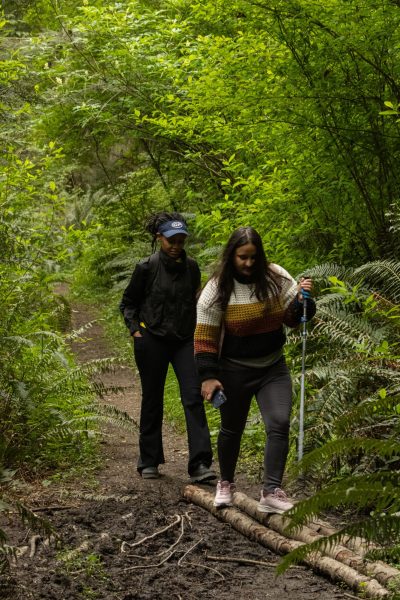
The SEA Club will be hosting its annual camping trip May 2-4 on San Juan Island and the members attending plan to make the most of their time spent there. “While there, we do some community service with San Juan Islands National Monument and hike to Taylor Mountain, Bell Point and Mount Finlayson,” Wild said. She stated that the SEA Club hosts these types of outdoor events because “you can’t value and protect something that is unfamiliar to you.”
Although trails may contain hazards that make traversing the way efficiently difficult, there are still valid reasons to go hiking. Wild mentioned that she loves “the mental reset being in nature provides.”
For Hazelbrook, hiking is “not always about the journey.”
“I love the scenery. Even just little things, like streams or … wildflowers.”
Without proper trail maintenance, these small luxuries would not be as readily accessible.
If you would like to volunteer for a WTA work party, visit wta.org/volunteer
Students interested in joining the SEA Club can message Laura Wild at [email protected] or stop by Wednesdays at 1:30 p.m. in the Japanese Cultural Resource Center for the club’s weekly meeting (back of the building).

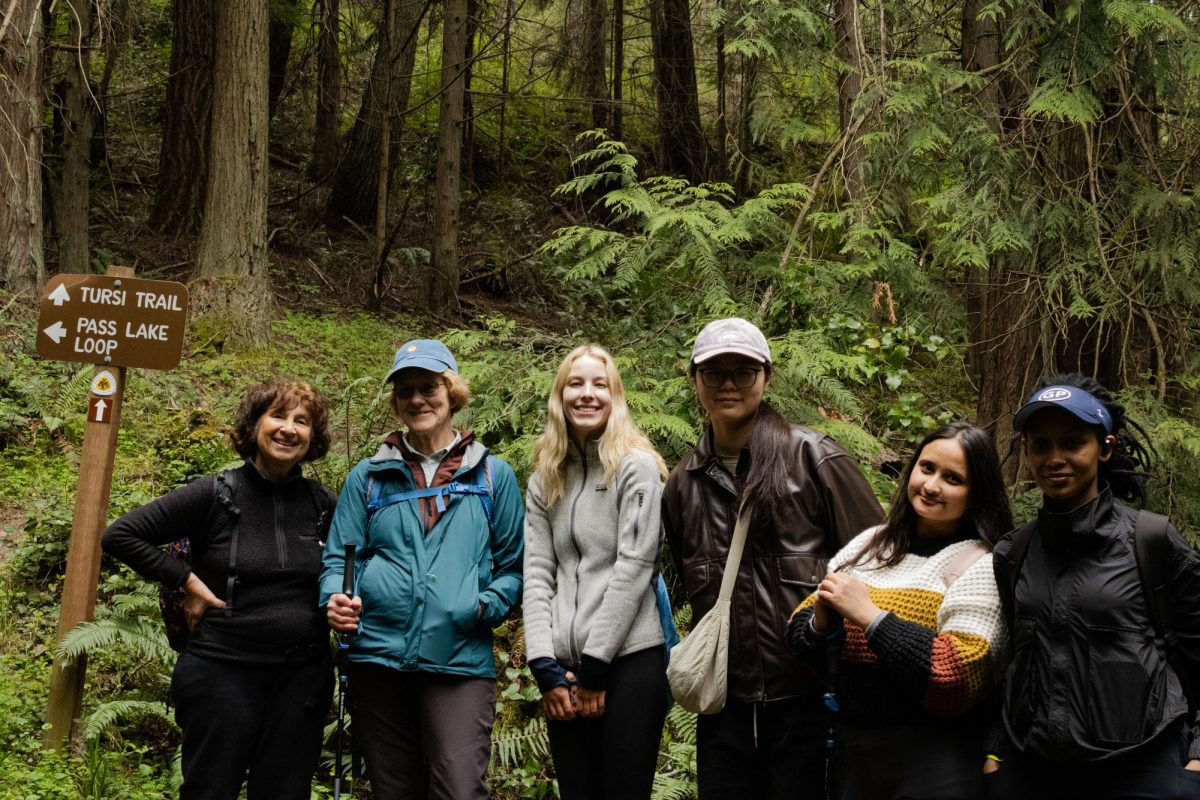





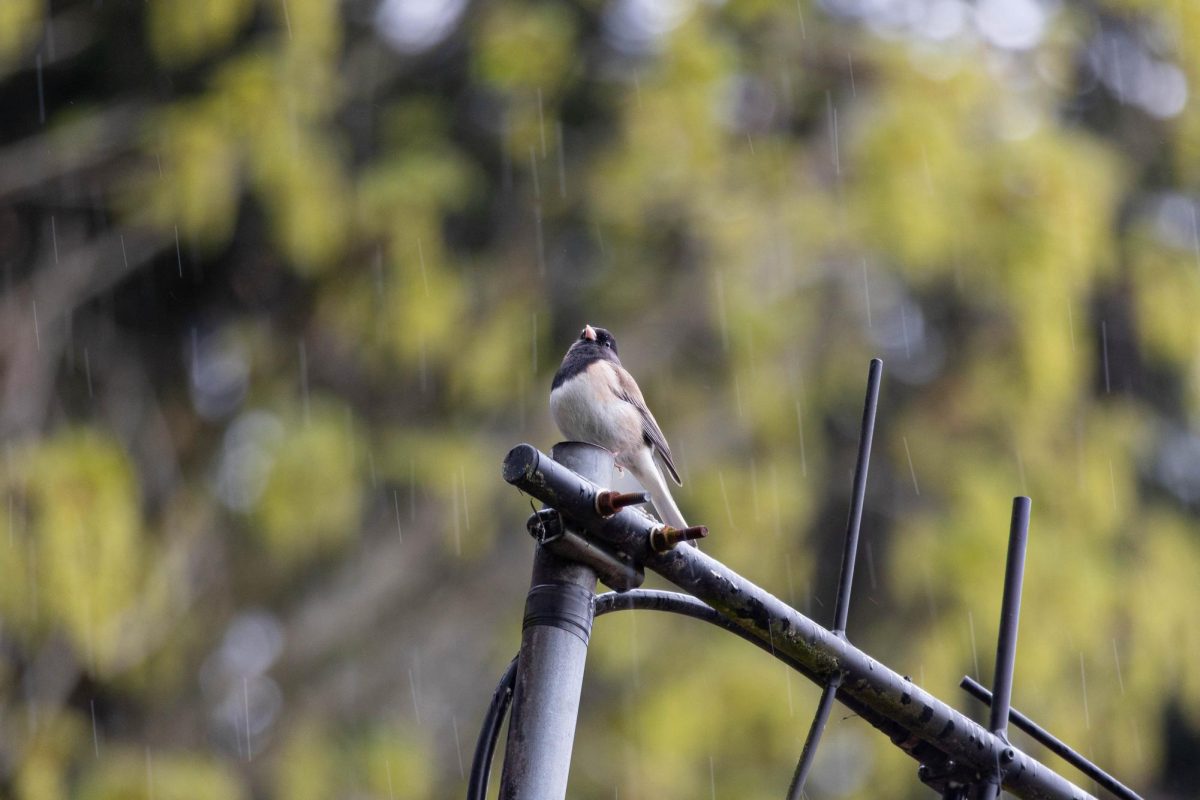

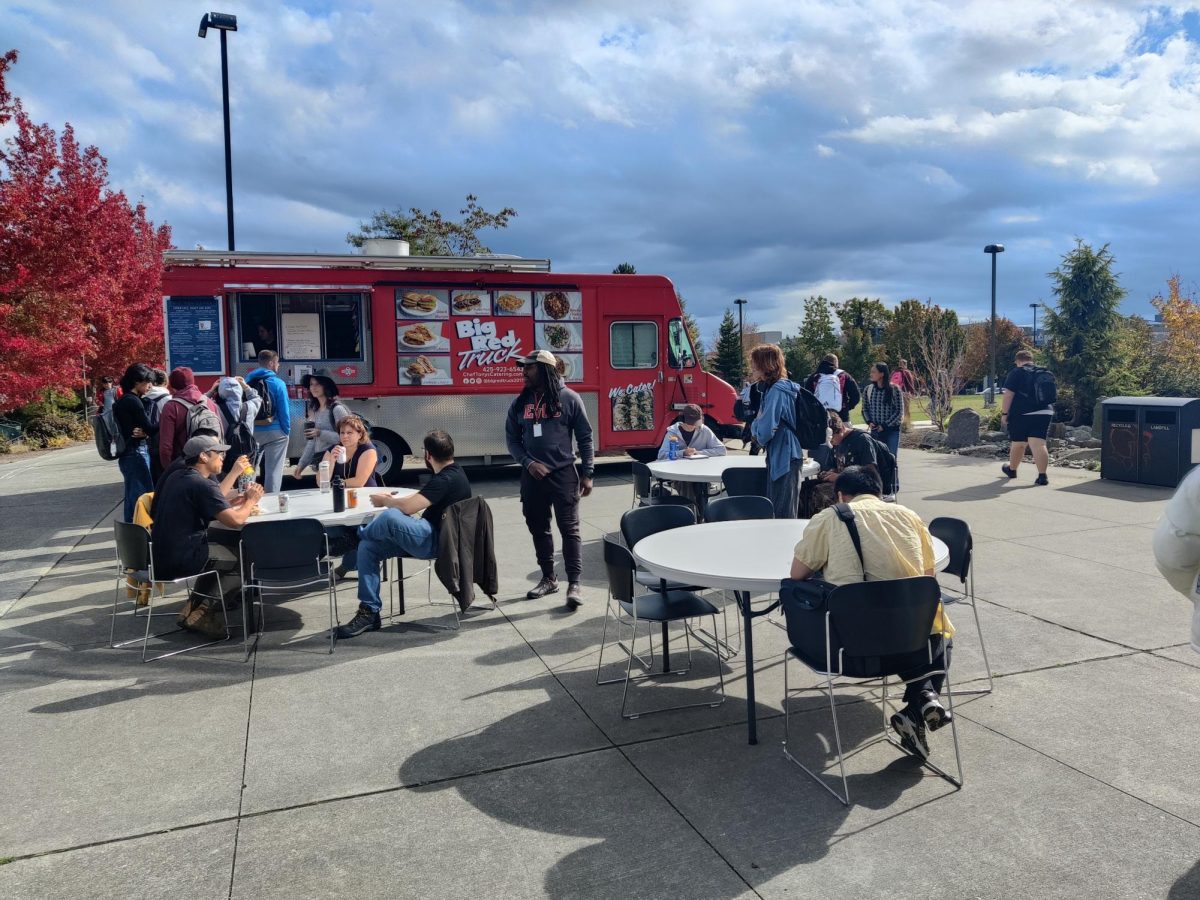
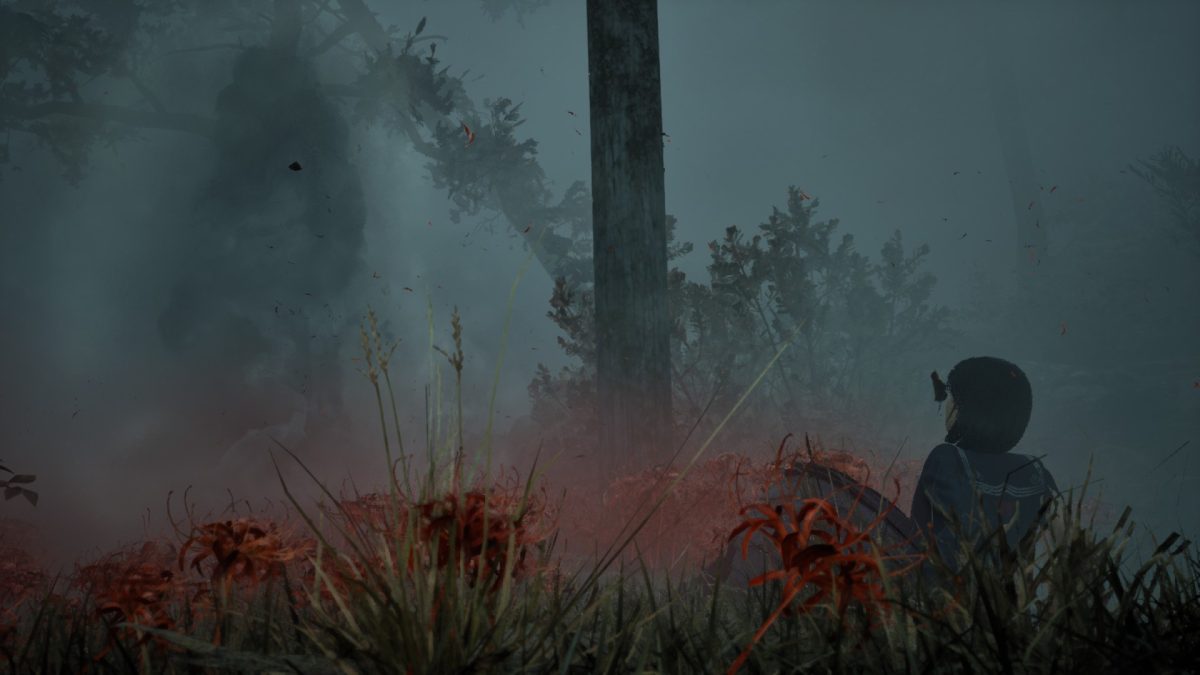
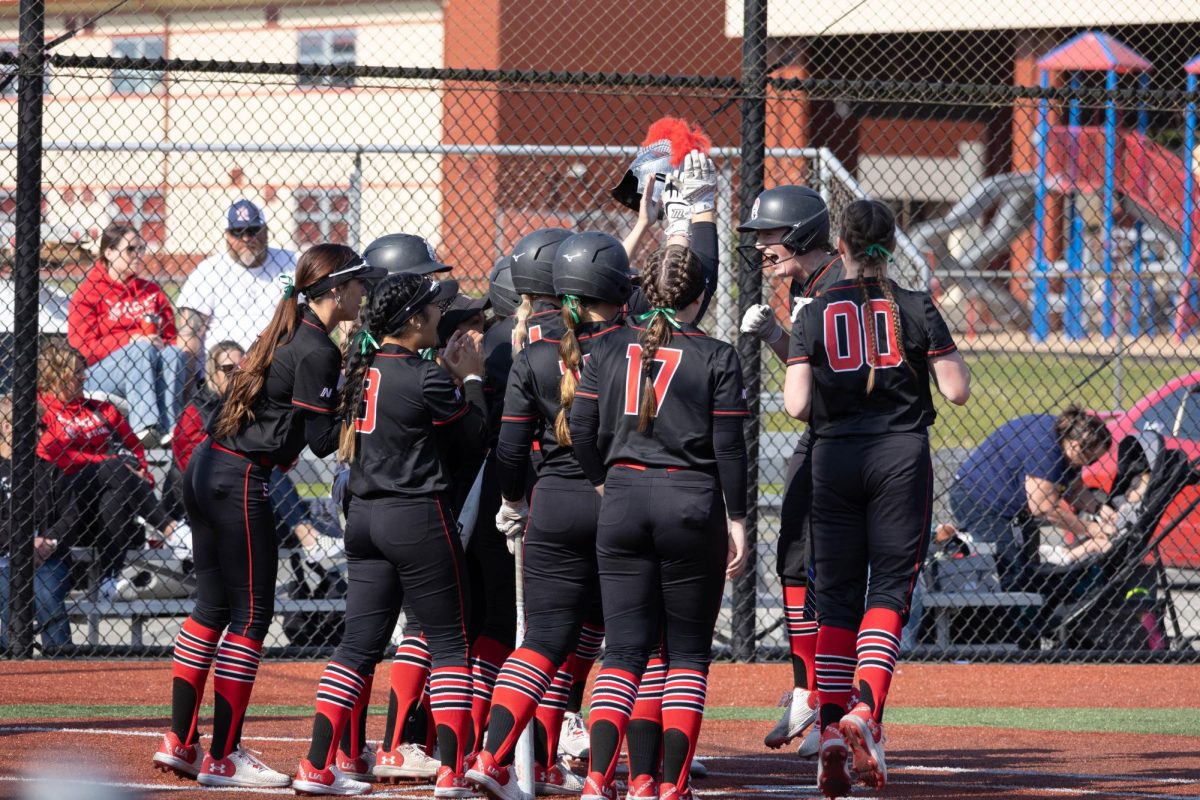



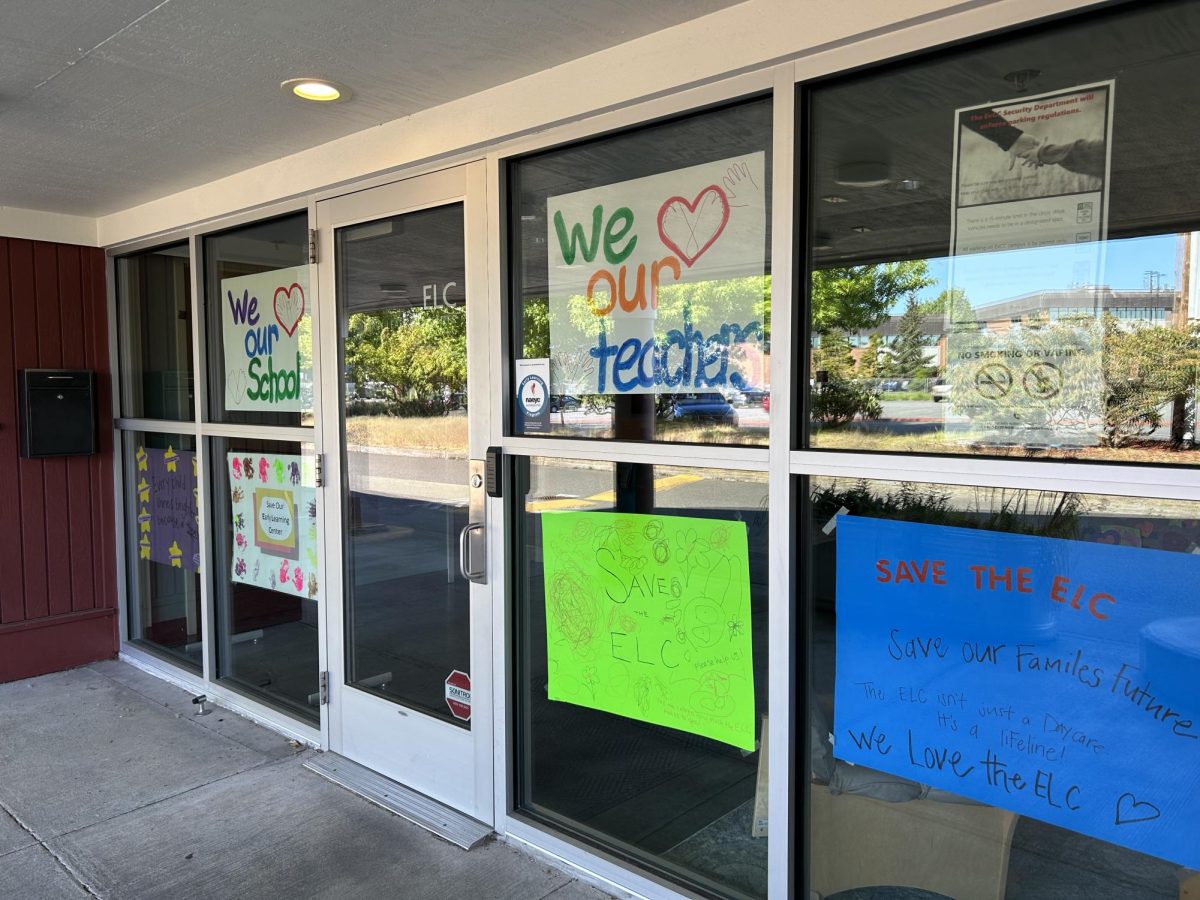




Sharon Williams • May 17, 2025 at 2:17 pm
Very well written. Lots of good information. Thank you Jeff.